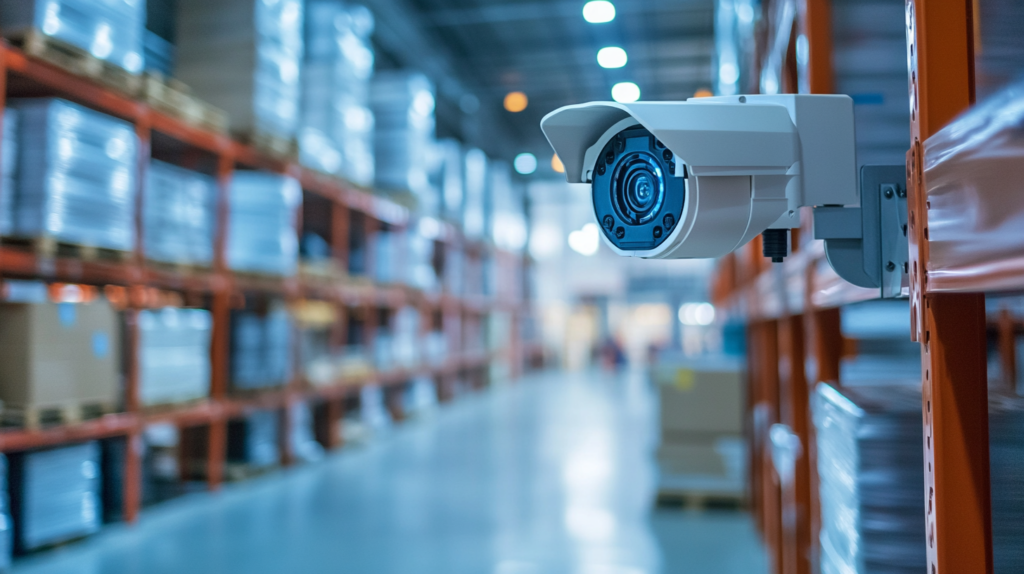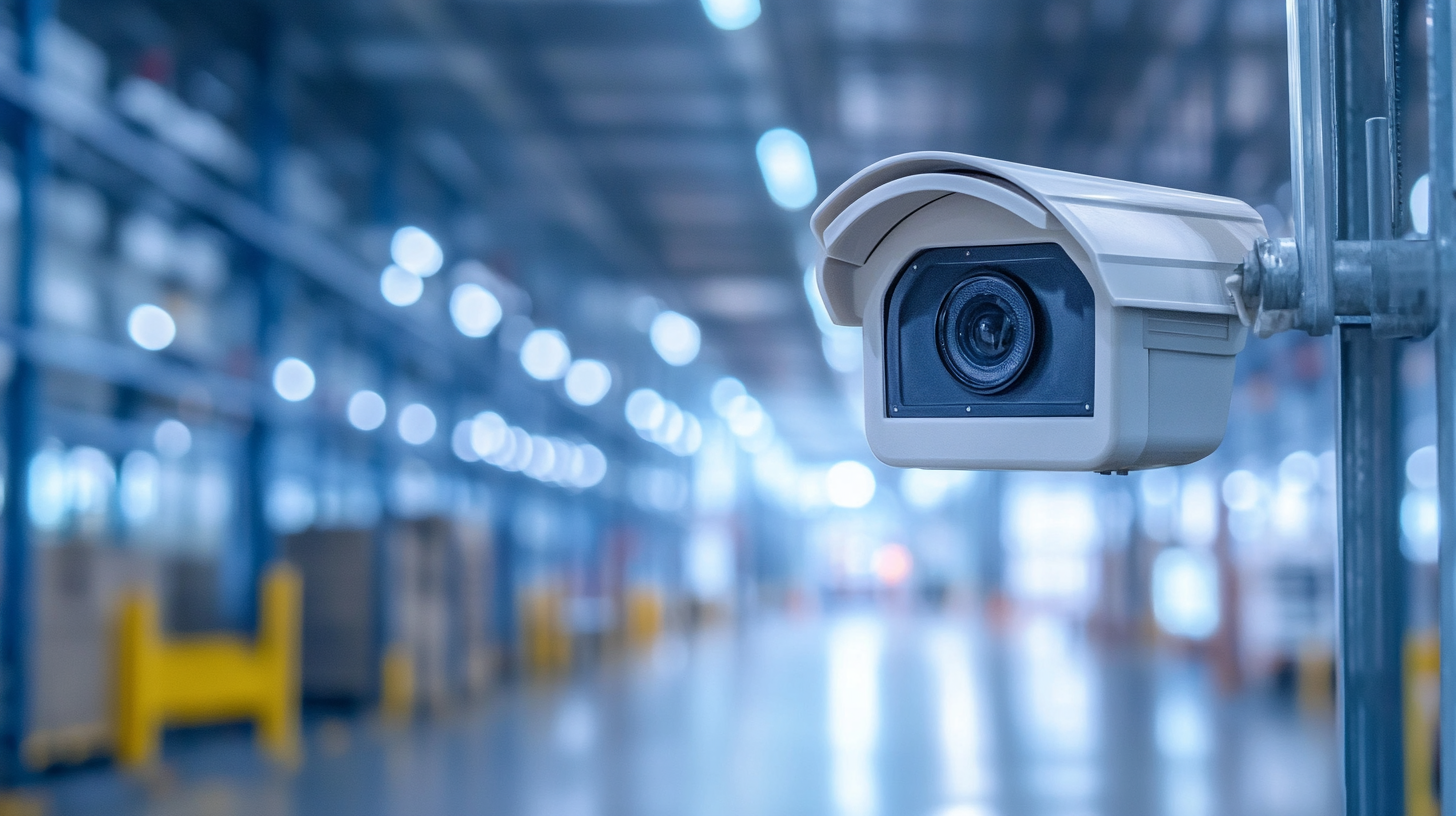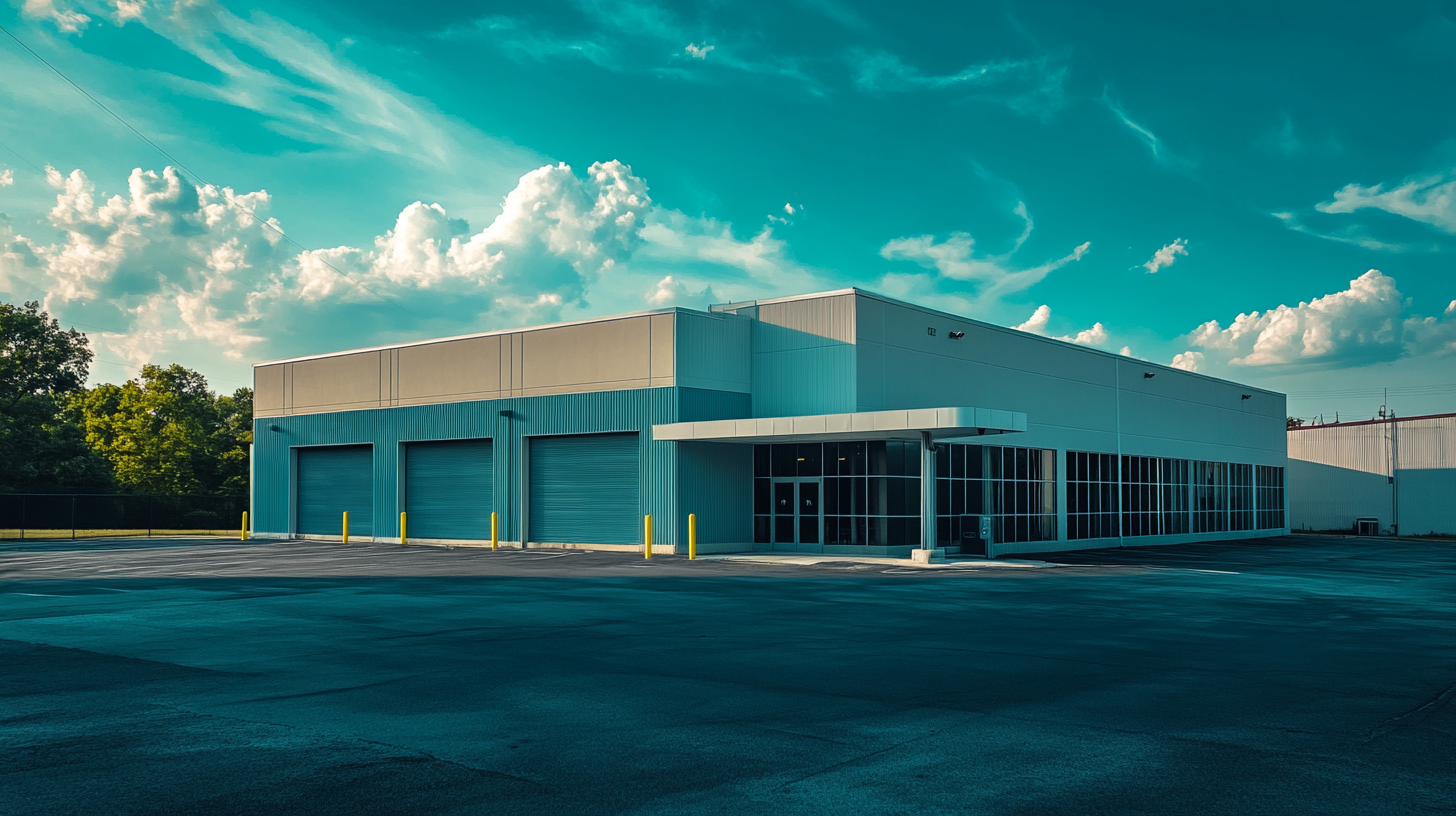Security cameras are one of the most effective tools for protecting your home or business, but not all cameras are built the same. One of the most common questions we get at Matson Alarm of Tennessee is: “Should I get indoor or outdoor cameras?”
This comprehensive guide walks you through the major differences, use cases, features, and recommendations for both indoor and outdoor surveillance cameras. By the end, you’ll understand which option, or combination, is right for your security needs.
Why Surveillance Cameras Are a Must
Before we dive into comparing camera types, let’s touch on why video surveillance is so essential in today’s world.
- Deter criminal activity before it happens
- Capture valuable evidence in case of incidents
- Monitor loved ones, pets, or employees remotely
- Reduce insurance premiums by showing active prevention
- Enhance peace of mind at home or at work
The right surveillance system can significantly reduce your risk of theft, vandalism, or unauthorized access, and it all starts with choosing the correct camera for the right space.
What Are Indoor Security Cameras?
Indoor surveillance cameras are designed specifically for indoor use where environmental conditions are controlled. These cameras are perfect for monitoring areas like:
- Living rooms and kitchens
- Baby rooms or nurseries
- Offices and storage spaces
- Retail interiors and lobbies
- Hallways and entryways
Key Characteristics of Indoor Cameras
- Compact and stylish: Designed to blend with home or office decor
- Easy to install: Typically plug-and-play setups
- Built for controlled environments: Not meant to withstand rain, dust, or heat
- Often feature two-way audio: Great for communicating with kids or pets
- Works well in low-light indoor settings
Indoor cameras offer flexibility and affordability. They’re great for keeping tabs on what matters most inside your property, whether that’s family members, inventory, or employee activity.

What Are Outdoor Security Cameras?
Outdoor surveillance cameras are engineered for rugged performance. They’re built to endure weather changes and capture activity in open, uncontrolled environments.
These cameras are ideal for:
- Front doors and backyards
- Driveways and parking lots
- Loading docks and garage areas
- Entrances to businesses or facilities
- Perimeter fences or gate access points
Key Characteristics of Outdoor Cameras
- Weather-resistant housing: Withstand rain, snow, dust, and heat
- More durable build: Protected against tampering and vandalism
- Advanced night vision: Equipped with infrared or low-light enhancement
- Longer range lenses: Capture activity from further away
- Motion-activated lights or sirens: Some models include active deterrents
If you want to stop threats before they ever reach your door, outdoor cameras are a must. They’re your first line of visual defense.
Core Differences Between Indoor and Outdoor Cameras
To help you understand what separates the two, let’s break down the differences in more detail.
1. Durability and Environmental Resistance
Outdoor cameras are IP-rated for water and dust resistance, and can handle extreme temperatures. Indoor cameras, on the other hand, are not sealed for outdoor use and will likely fail if exposed to the elements.
Key takeaway: Only use outdoor-rated cameras for any space exposed to weather, even covered patios.
2. Installation Requirements
Indoor cameras are typically plug-and-play. You can place them on shelves or mount them easily without specialized tools. Outdoor cameras usually require permanent mounting and often need to be wired or installed professionally to ensure power, connectivity, and weather protection.
Tip: At Matson Alarm of Tennessee, we offer professional installation to make sure your outdoor cameras are secure, functional, and positioned for maximum coverage.
3. Field of View and Range
Outdoor cameras often feature wider angles and longer viewing distances to cover larger areas. Indoor cameras focus more on depth and clarity within smaller rooms.
Example: A camera monitoring your driveway may need to see 50+ feet in low light. A living room camera needs only 10-20 feet of clear indoor vision.
4. Privacy Considerations
Indoor cameras bring unique privacy concerns. You should always inform household members or employees about camera placements and consider disabling or covering cameras when not needed.
Pro tip: Some indoor cameras have privacy shutters or motion zones you can customize.
When to Use Both Indoor and Outdoor Cameras
Many of our clients ask whether one type can cover all their needs. The honest answer? A balanced system using both types of cameras delivers the best results.
Here’s a common setup we recommend:
- Outdoor cameras cover entrances, driveways, garages, and yards to monitor who’s coming and going.
- Indoor cameras protect valuables, monitor activity, and provide additional layers of evidence in case of a break-in.
This dual approach gives you exterior deterrence and interior monitoring, helping to detect incidents and assist in investigations.
Advanced Features to Consider
Modern surveillance systems are loaded with smart features that make your life easier and your security more powerful. Both indoor and outdoor models can offer:
- Motion detection alerts
- Live video streaming via mobile apps
- Cloud and local video storage
- Integration with smart home devices (e.g., Alexa, Google Home)
- AI-powered features like person detection or facial recognition
Some outdoor cameras also include license plate recognition and floodlights, while indoor models may include sound detection or smart speaker integration.

Cost Comparison: Indoor vs. Outdoor Cameras
Budget matters, especially when you’re scaling up a system for a full property. Here’s a breakdown of the cost differences:
- Indoor Cameras: Generally range from $40 to $150 per unit. Lower installation costs and minimal setup.
- Outdoor Cameras: Range from $100 to $400 per unit. May involve installation fees, wiring, and protective housing.
While outdoor cameras cost more, they offer more value in terms of protection, visibility, and resilience. Matson Alarm of Tennessee offers flexible pricing and packages to fit every property and budget.
Expert Tip: Choose Quality Over Quantity
Many people make the mistake of buying too many cheap cameras. Instead, invest in fewer high-quality cameras with better resolution, wider viewing angles, and strong reliability.
At Matson Alarm of Tennessee, we’ll help you determine how many cameras you actually need and ensure each one is installed and configured properly.
Final Thoughts: Which Should You Choose?
If you had to choose only one type, we’d suggest starting with outdoor cameras, especially for homes or businesses without any current protection. Outdoor cameras act as deterrents and can often stop crimes before they happen.
However, the ideal solution is a layered system using both indoor and outdoor cameras, designed for your specific environment and security priorities.
Don’t waste money on cameras that don’t serve your needs or survive your climate. Let professionals help you build a system that actually works.
Contact Matson Alarm of Tennessee Today
Want help designing your perfect surveillance system? Whether you’re starting from scratch or upgrading an older setup, Matson Alarm of Tennessee is here to help.
We offer:
- Security assessments
- High-quality indoor and outdoor cameras
- Professional installation and configuration
- Smart integrations with alarms, lights, and locks
- Ongoing support and monitoring options
Let us help you protect what matters most, with indoor and outdoor surveillance systems you can count on.



